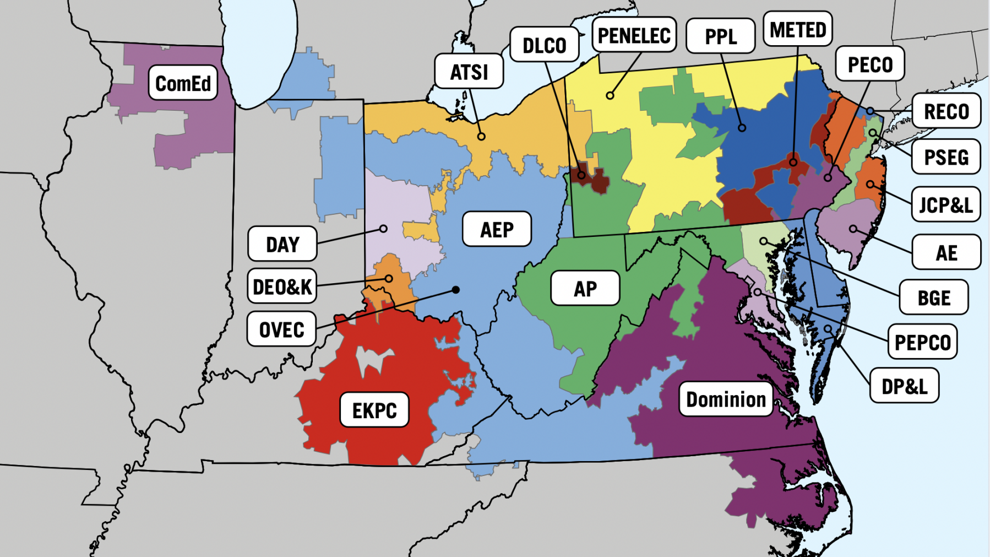
If you live in the Mid-Atlantic or Midwest, you may notice a significant increase in your electricity bill this summer — and not just because your air conditioner is blasting.
Major electricity rate hikes are coming in June, stemming from changes in how electricity is priced in your region, managed by PJM Interconnection, the organization overseeing the electric grid across 13 states and Washington, D.C.
Here’s why the cost of grid electricity is rising for millions of households and how you can shield yourself from rising energy costs.
*
*
Understanding the PJM Capacity Auction
PJM conducts annual “capacity auctions” to ensure there’s enough electricity to meet future demand. In these auctions, power plants are compensated to remain on standby, ready to supply electricity during peak periods, such as hot summer days. The costs from these auctions are incorporated into your electricity bill as “capacity charges.”
In the latest auction for the 2025–2026 period, capacity prices surged from approximately $29 to nearly $270 per megawatt-day—a staggering 830% increase. In certain areas, like Baltimore, prices escalated to over $466 per megawatt-day due to local supply constraints.
Why Are Electricity Prices Increasing?
Several factors contribute to this sharp rise:
- Retirement of Power Plants: Many older, less efficient power plants are shutting down, reducing the available electricity supply.
- Rising Demand: There’s an increasing demand for electricity, driven by factors like population growth, AI data centers, and the adoption of electric appliances and vehicles.
- Delayed Infrastructure Upgrades: The development of new power plants and transmission lines isn’t keeping pace with the growing demand.
These elements create a supply-demand imbalance, leading to higher capacity prices that utilities pass on to consumers.
Which States are Most Impacted?
If you live in one of the highlighted areas below, the increased capacity prices will likely affect your electricity costs.

Map of areas served by PJM Interconnection.
The impact on your bill depends on your utility provider and how much capacity prices are factored into your electricity rates. Here are some notable bill increases coming in June 2025 and lasting through May 2026.
| State | Expected Bill Increase to Average Bill |
| Ohio | 10-15%, depending on utility provider |
| Pennsylvania | 10-20%, depending on utility provider |
| Delaware | 7% statewide |
| Maryland | 2-24%, depending on utility provider |
| New Jersey | 17-20%, depending on utility provider |
| Washington DC | 10% bill increase for PEPCO customers |
| Illinois | $7.50 to $10 per month, ComEd customers only |
It’s worth noting that capacity charges affected by the PJM auction are one of the charges that make up the total cost of using grid electricity. Many customers are also facing rising costs for electricity supply and delivery.
How Solar Panels Can Shield You From Rising Energy Costs
While the knee-jerk reaction to rising electricity rates is to turn off lights and guard the thermostat, rooftop solar offers a more effective, long-lasting, and comfortable solution. By investing solar, you can set a flat rate for electricity generated on your roof and end up cheering when utility rates increase — because that means you’re saving more money.
Ready to see your home’s savings potential? Connect with a solar.com Energy Advisor to get custom proposals and savings calculations.
*


